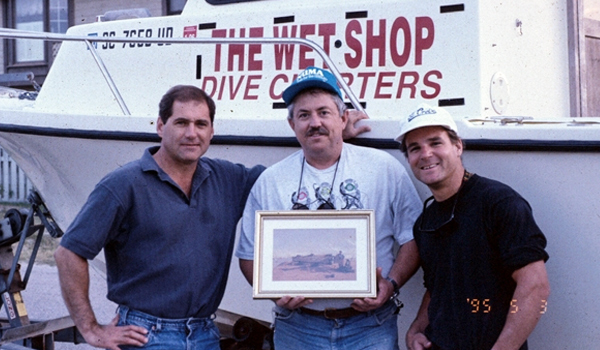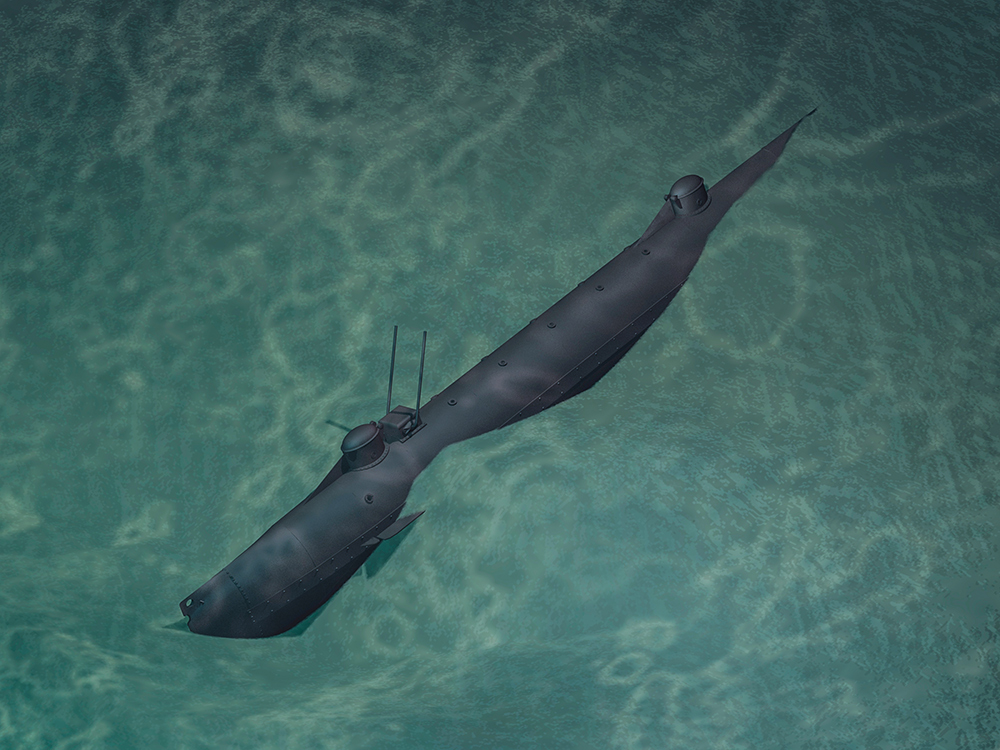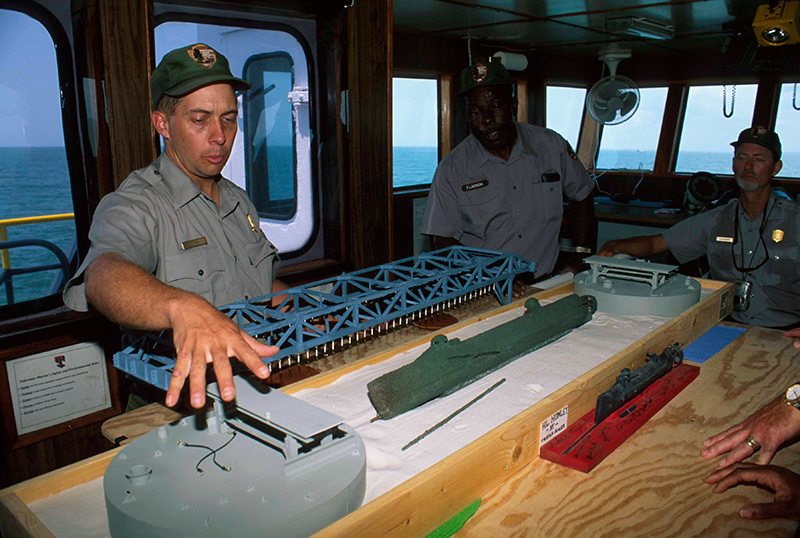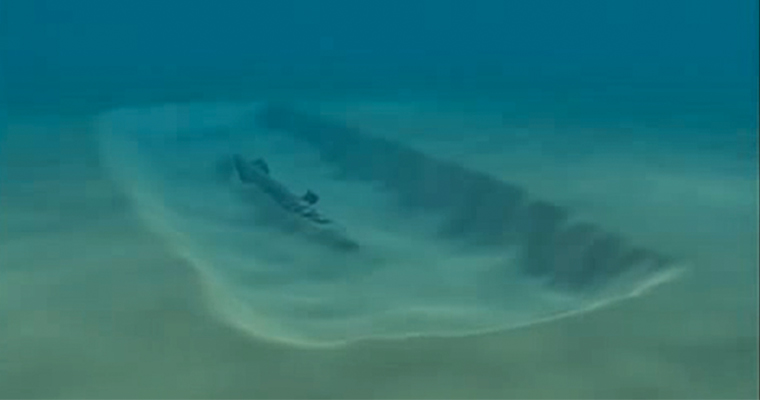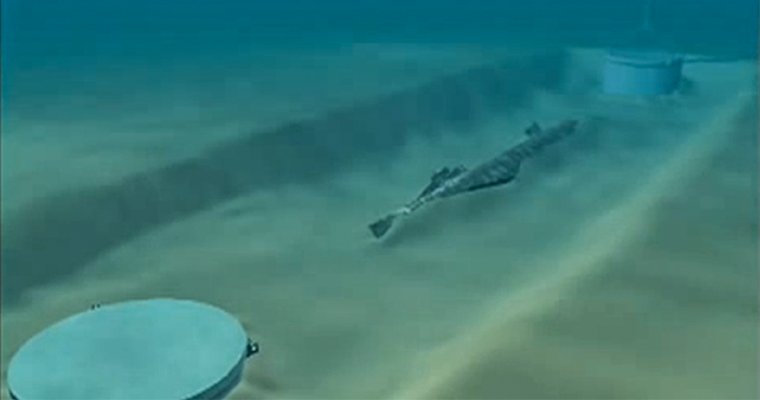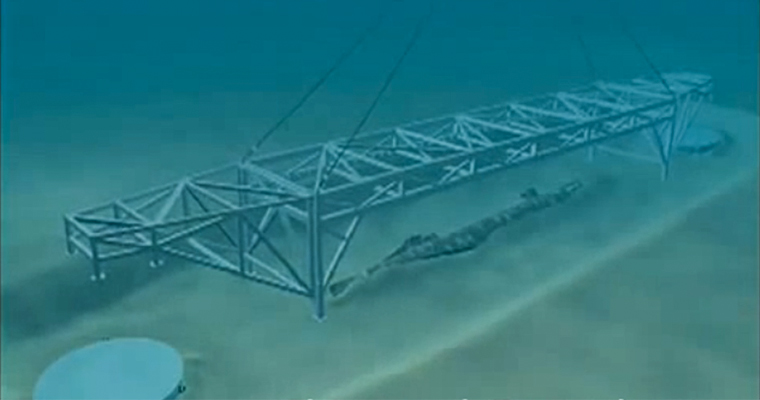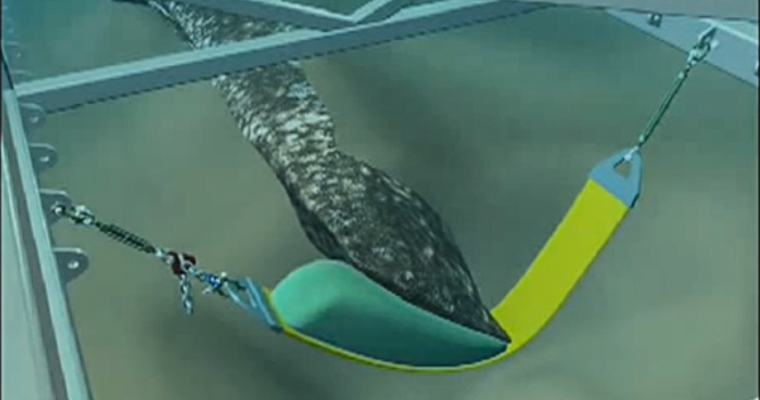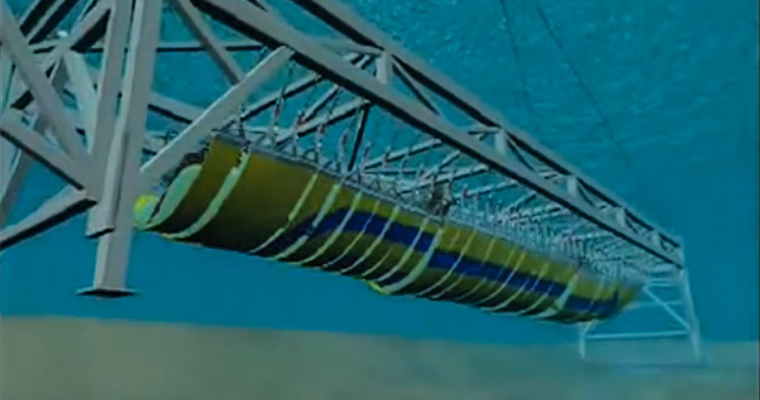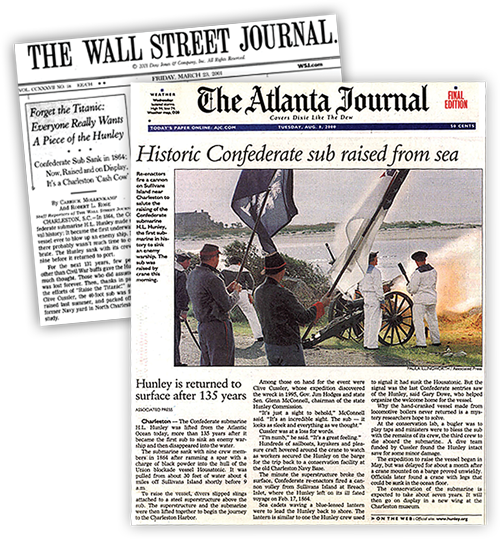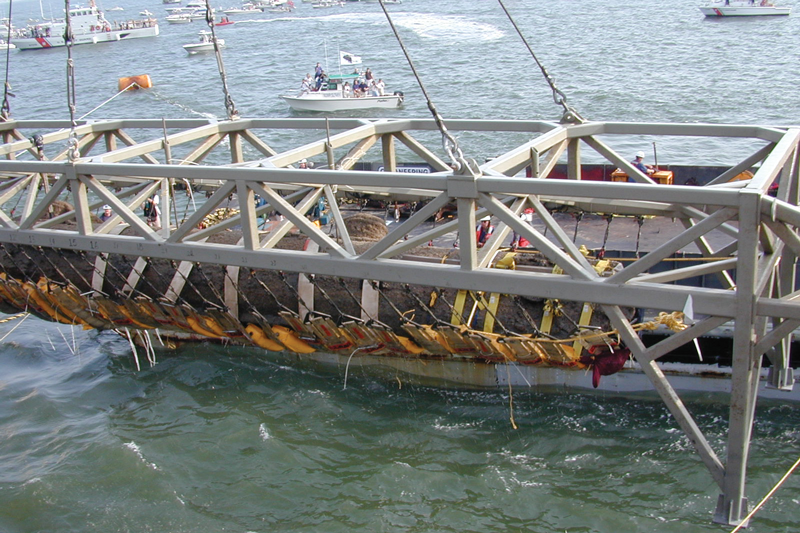As soon as the submarine was lost, efforts to find her began. The Union fleet dragged the area around the USS Housatonic wreck in hopes of snagging the little submarine. Generation after generation of explorers scoured the sea around the site of the fallen Housatonic, hoping to discover the legendary H. L. Hunley and her doomed crew. The world would have to wait until technology caught up with the search, with modern tools ultimately helping locate her.
After fifteen years of searching, on May 3rd, 1995, New York Times best-selling author Clive Cussler and his team finally found the submarine. Long interested in maritime history, Cussler founded the National Underwater and Marine Agency (NUMA), an organization that searches for some of history’s most famous shipwrecks. “I have never made claim to being an archaeologist. I’m purely a dilettante who loves the challenge of solving a mystery; and there is no greater mystery than a lost shipwreck,” said Cussler. Finding the world’s first combat submarine was a mission right up NUMA’s alley. Much like the Hunley in her mission to make world history in the 19th century, NUMA didn’t get lucky the first time. Using a magnetometer, the Cussler crew located a metal object about four miles off the coast of Sullivan’s Island. After diving in nearly 30 feet of water, they removed three feet of sediment to reveal one of the Hunley’s two small conning towers.
As if stuck in time, the Hunley lay on her starboard side with the bow pointing almost directly toward the Housatonic wreck and Sullivan’s Island. Her position looked like she was heading home, a trip that was finally about to be completed over a century later.


